How quiet are external blowers?
lwerner
11 years ago
Featured Answer
Sort by:Oldest
Comments (12)
regbob
11 years agobarjohng
11 years agoRelated Professionals
East Peoria Kitchen & Bathroom Designers · Channahon Kitchen & Bathroom Remodelers · Port Charlotte Kitchen & Bathroom Remodelers · Salinas Kitchen & Bathroom Remodelers · Skokie Kitchen & Bathroom Remodelers · Langley Park Cabinets & Cabinetry · Farmers Branch Cabinets & Cabinetry · Forest Hills Cabinets & Cabinetry · Lockport Cabinets & Cabinetry · Norfolk Cabinets & Cabinetry · Prospect Heights Cabinets & Cabinetry · Saugus Cabinets & Cabinetry · Sunrise Manor Cabinets & Cabinetry · Wheat Ridge Cabinets & Cabinetry · Short Hills Cabinets & Cabinetrykaseki
11 years agolwerner
11 years agokaseki
11 years agoS Clark
2 years agolast modified: 2 years agoopaone
2 years agokaseki
2 years agoS Clark
2 years agoopaone
2 years agokaseki
2 years ago
Related Stories

HOME OFFICESQuiet, Please! How to Cut Noise Pollution at Home
Leaf blowers, trucks or noisy neighbors driving you berserk? These sound-reduction strategies can help you hush things up
Full Story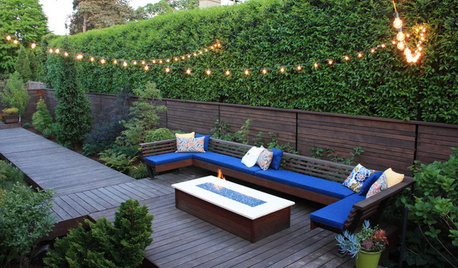
LANDSCAPE DESIGNDesign Your Landscape for Peace and Quiet
Block unwanted noise with plantings, barriers and water features for a more soothing outdoor experience
Full Story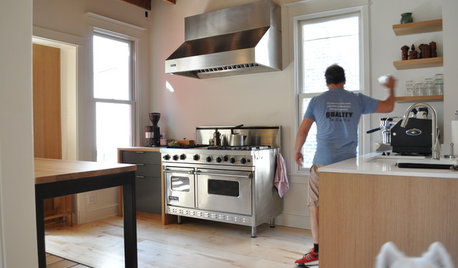
KITCHEN DESIGNPro Chefs Dish on Kitchens: Paul Kahan Shows His Urban Sanctuary
Peek inside Kahan's newly redone home kitchen and learn what he considers most important for a cooking space
Full Story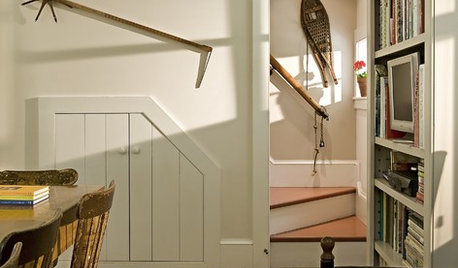
DECORATING GUIDESOld Tools Come in Handy as Decor
Repurpose vintage wrenches, wooden pitchforks and even toolboxes as conversation-starting pieces for your home
Full Story
HEALTHY HOMEGet Cleaner Indoor Air Without Opening a Window
Mechanical ventilation can actually be better for your home than the natural kind. Find out the whys and hows here
Full Story
ORGANIZINGDecluttering Ideas From Around the World
Home organizers share their tips on how to think and live more clearly
Full Story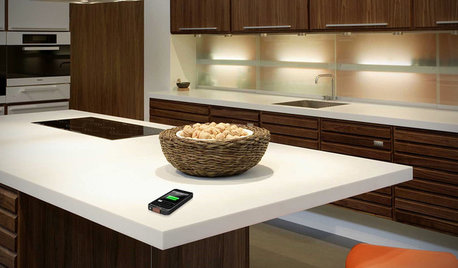
HOME TECHComing Soon: Furniture That Charges Your Phone
Countertops, tables and home appliances with wireless charging capability mean less clutter — and zero effort powering your phone
Full Story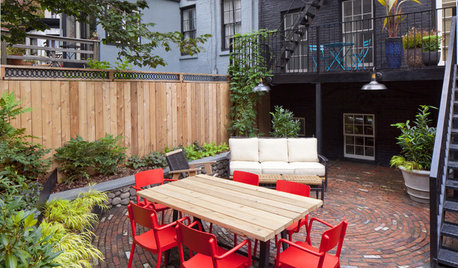
URBAN GARDENSA Dynamic Backyard Design Embraces Its Urban Setting
A New York City outdoor space comes to life with a curvy new brick patio, thoughtful outdoor furnishings and evergreen foliage
Full Story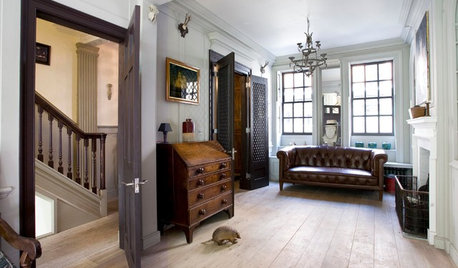
TRADITIONAL HOMESHouzz Tour: Redo Brings a 1720s London Home Into the Present
Skillful renovation and an eclectic mix of art, antiques and furnishings update an 18th-century townhouse
Full Story
KITCHEN DESIGNHow to Choose the Right Hood Fan for Your Kitchen
Keep your kitchen clean and your home's air fresh by understanding all the options for ventilating via a hood fan
Full Story






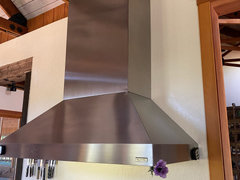


kaseki